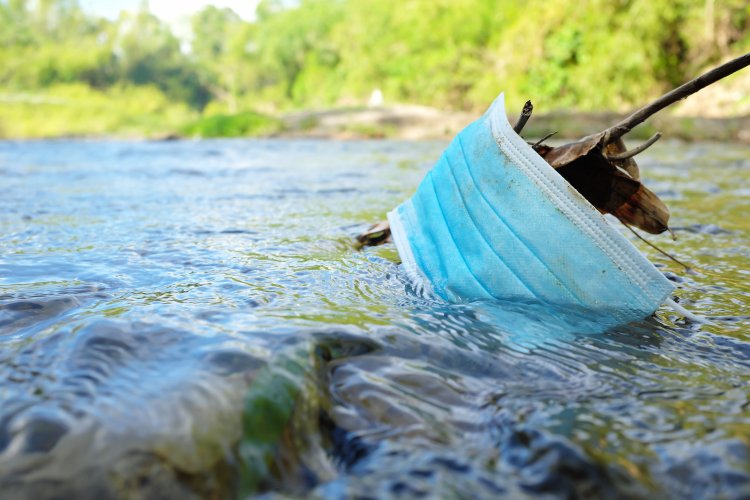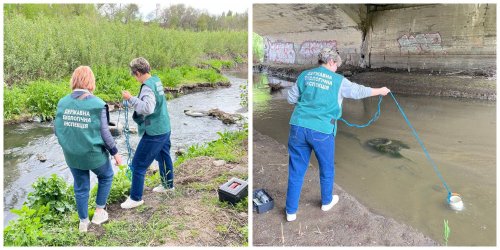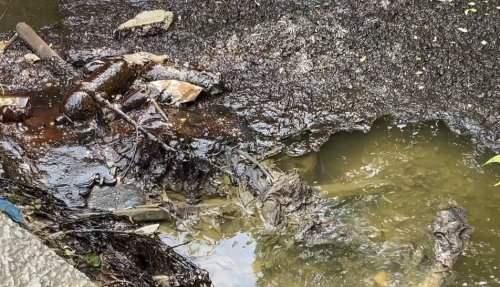In Sumy, eco-inspectors analyzed the water quality of the Psel, Sumka, and Strilka rivers, the Kosivshchyna Reservoir, and Chekha Lake.
According to a set of indicators, the Sumka River had the worst water quality in the section of the riverbed in the Central Market area, reports the State Inspectorate in the Sumy Region on Facebook.
Experts measured indicators of composition and properties of water. The content of pollutants in the selected samples was compared with the maximum permissible concentrations established for water bodies used for fishing.
In the water of the Sumka River in the Central Market area, an excess of the content was recorded:
- ammonium nitrogen almost 2 times;
- iron 4 times;
- biological oxygen consumption (BSK5) by 3 times;
- slight excess of sulfate content.
Also, in the area of the pedestrian bridge of Hertsena and Luhova streets, it was found that there is almost no dissolved oxygen in Sumka, which can lead to suffocation of aquatic biological resources. However, both upstream and downstream indicators are close to the norm.
The Strilka river, the sample from which was taken at the confluence with the Sumka river, does not meet the MPC. The results of the analysis showed a more than two-fold increase in the content of nitrites, iron and BSK5. However, these indicators turned out to be among the highest quality observations of Strelka waters in the last year.
In the Kosivshchyna Reservoir, the above-normal content of suspended solids was recorded by 1.4 times, and BSK5 – by 2.5 times.
Water in the Psel River in the area of the Kharkiv Bridge does not meet the MPC for the content of sulfates, iron and BSK5. These indicators are on average 1.5 times overstated.
In Lake Chekha, a 2-fold excess of BSK5 content and a slight concentration of sulfates were found.
In the material, it was noted that the water quality in the reservoirs has improved in half a year.
"Thus, for the first time in recent times, there is a tendency to improve indicators of the composition and properties of water in Sumy's reservoirs," writes SEI.
Earlier, EcoPolitic wrote, that in the Rivne region near the town of Berezne there was a plague in the Sluch River of fish, during which 43,670 fish died.
As EcoPolitic previously reported, on July 29, in Kharkiv, everything was cleaned from the basket of the Trash Killer garbage collector, which cleans the Uda River. Within 8 months of installation, more was caught 20 tons of various garbage.





